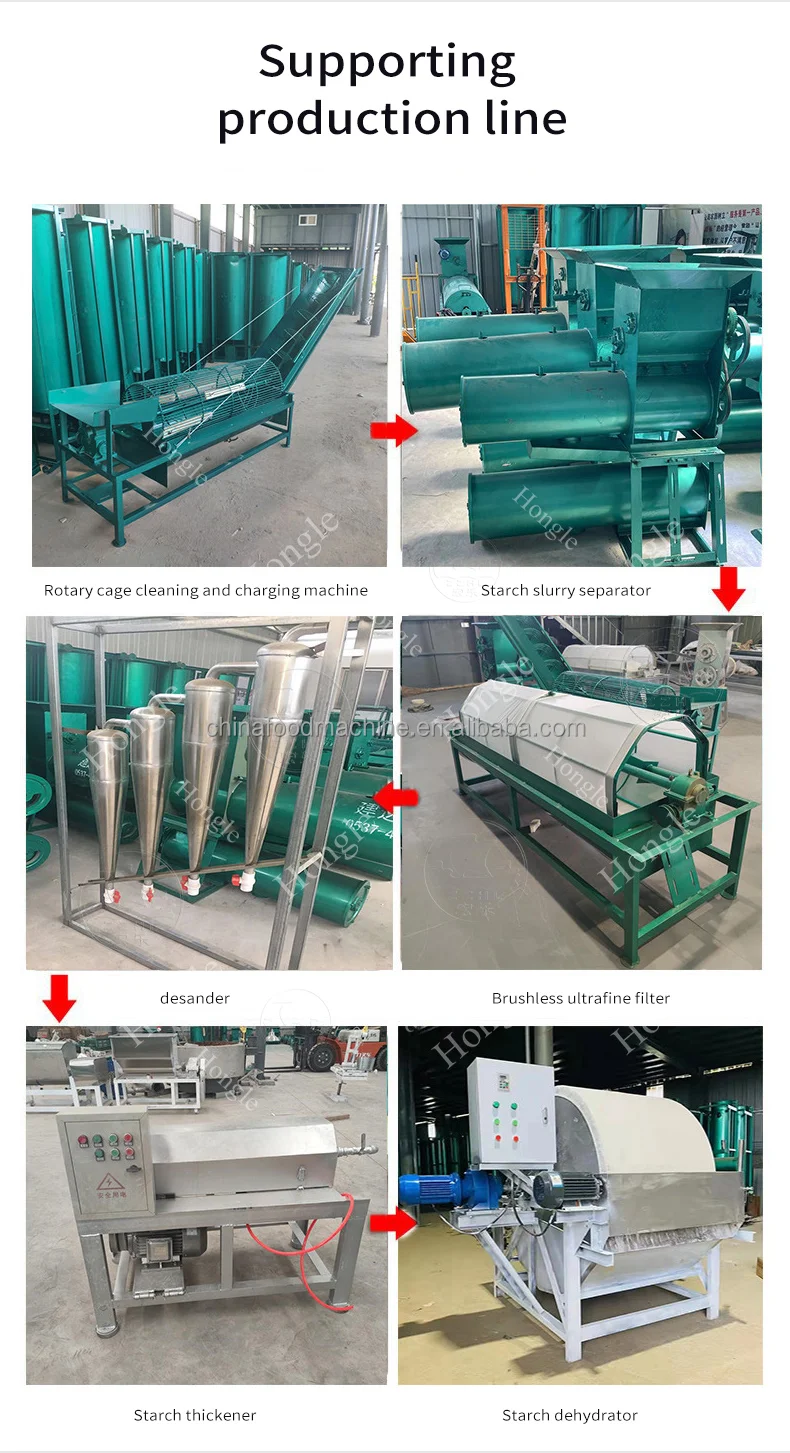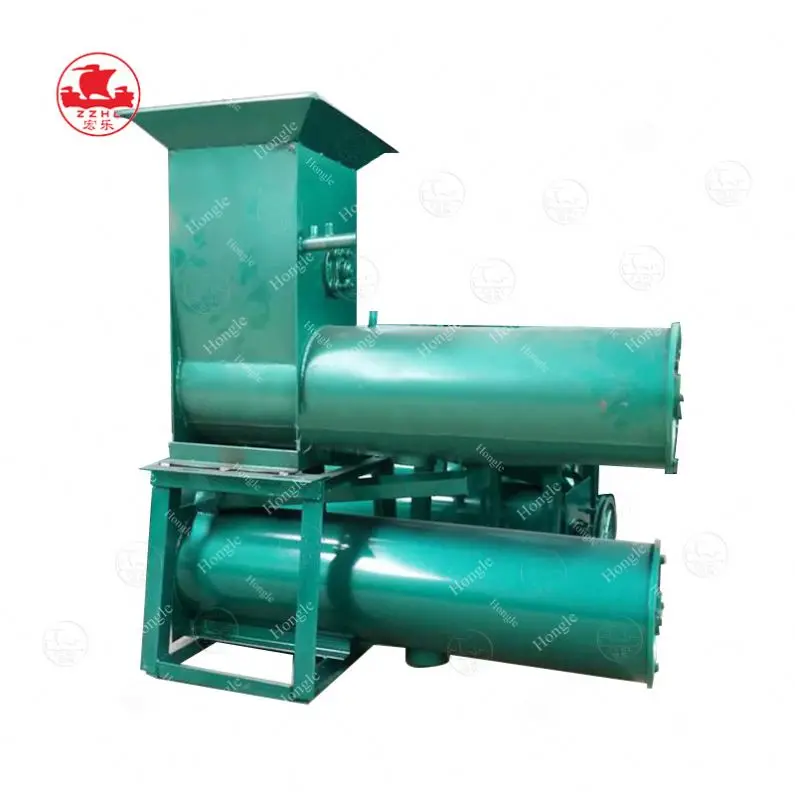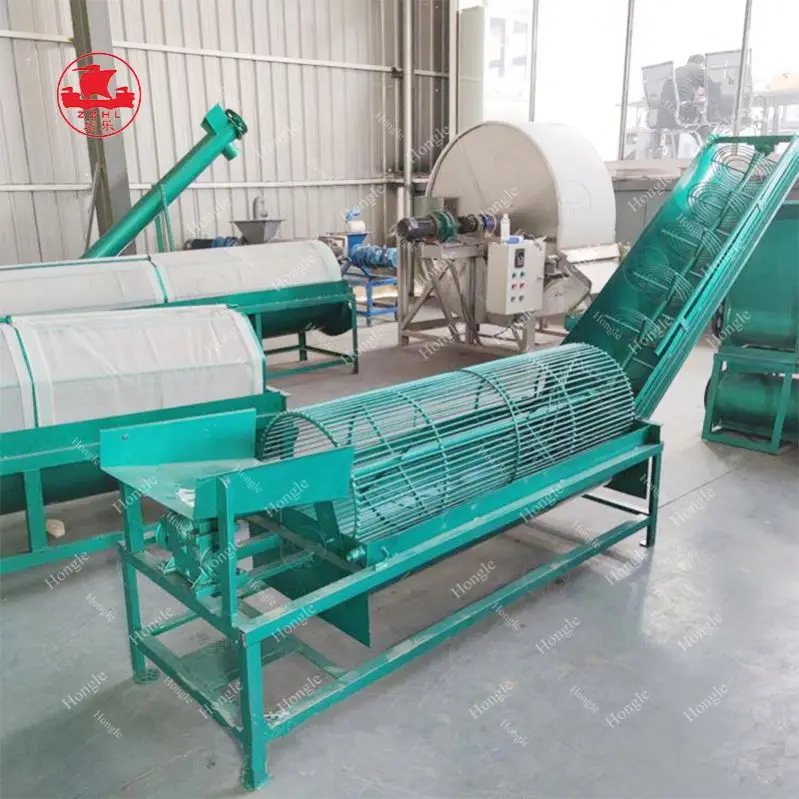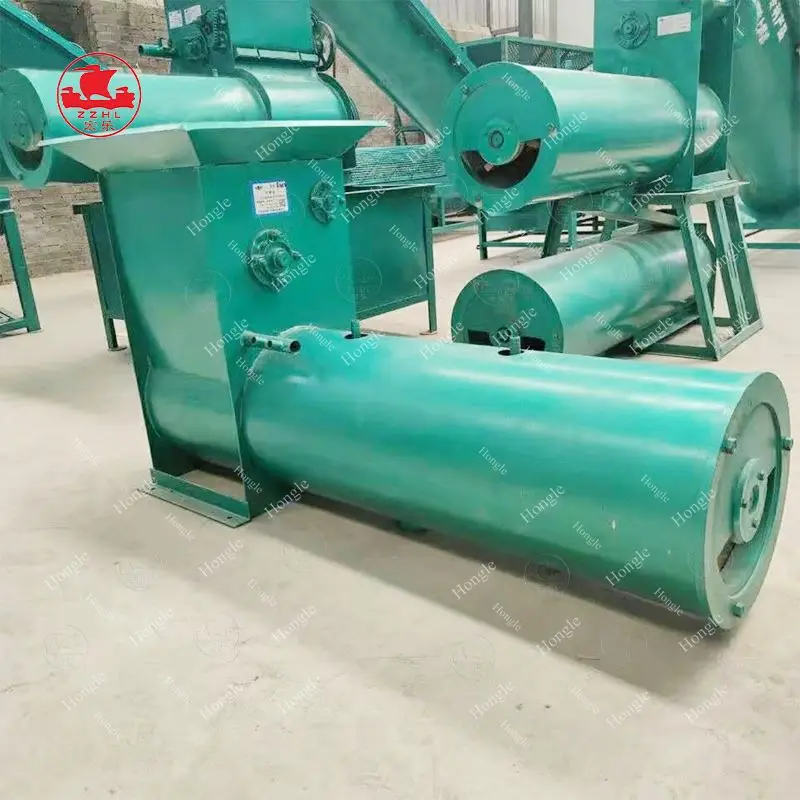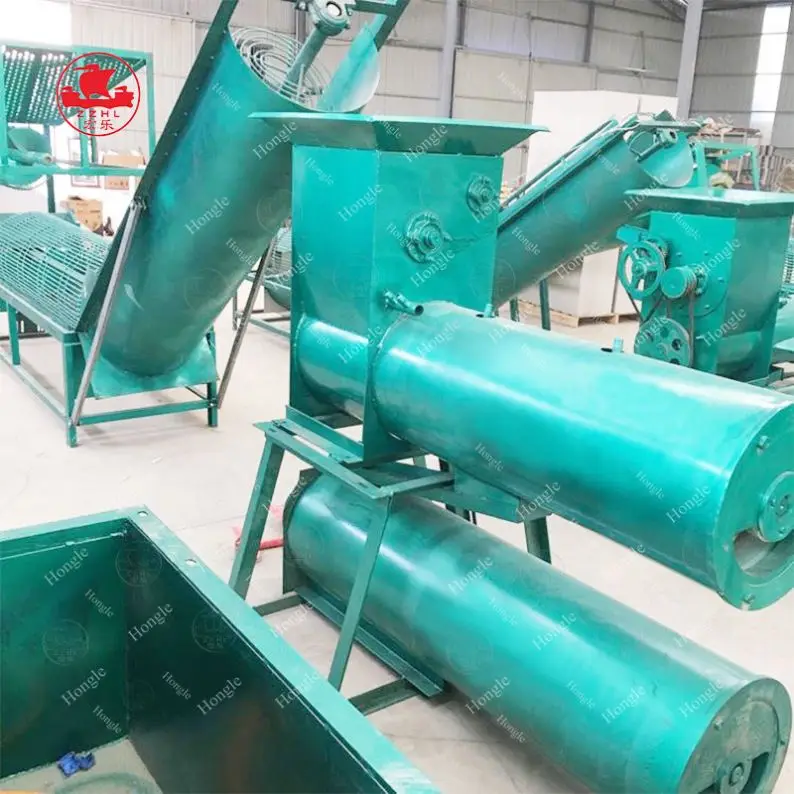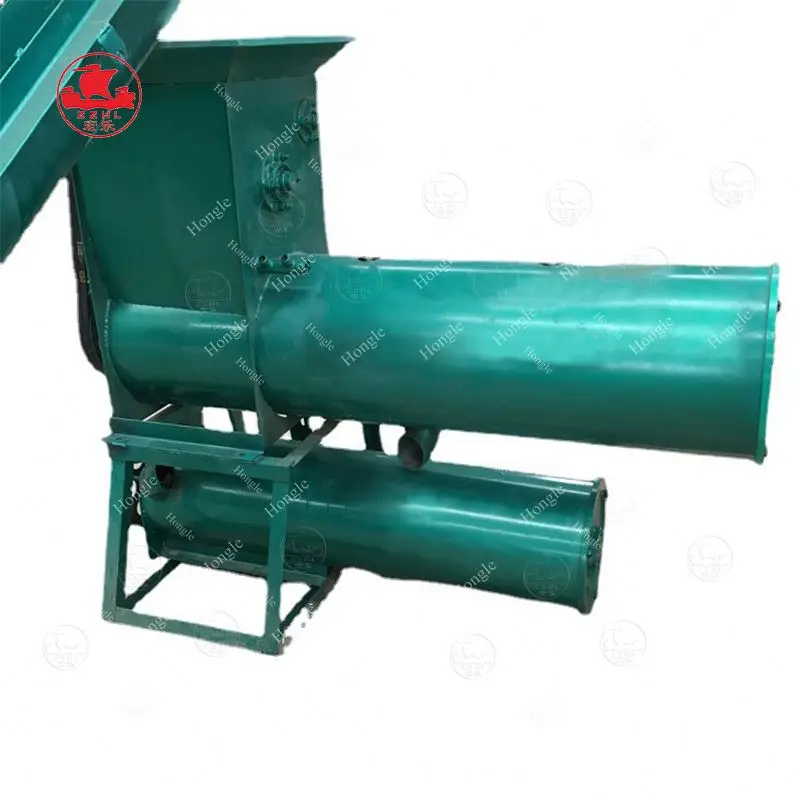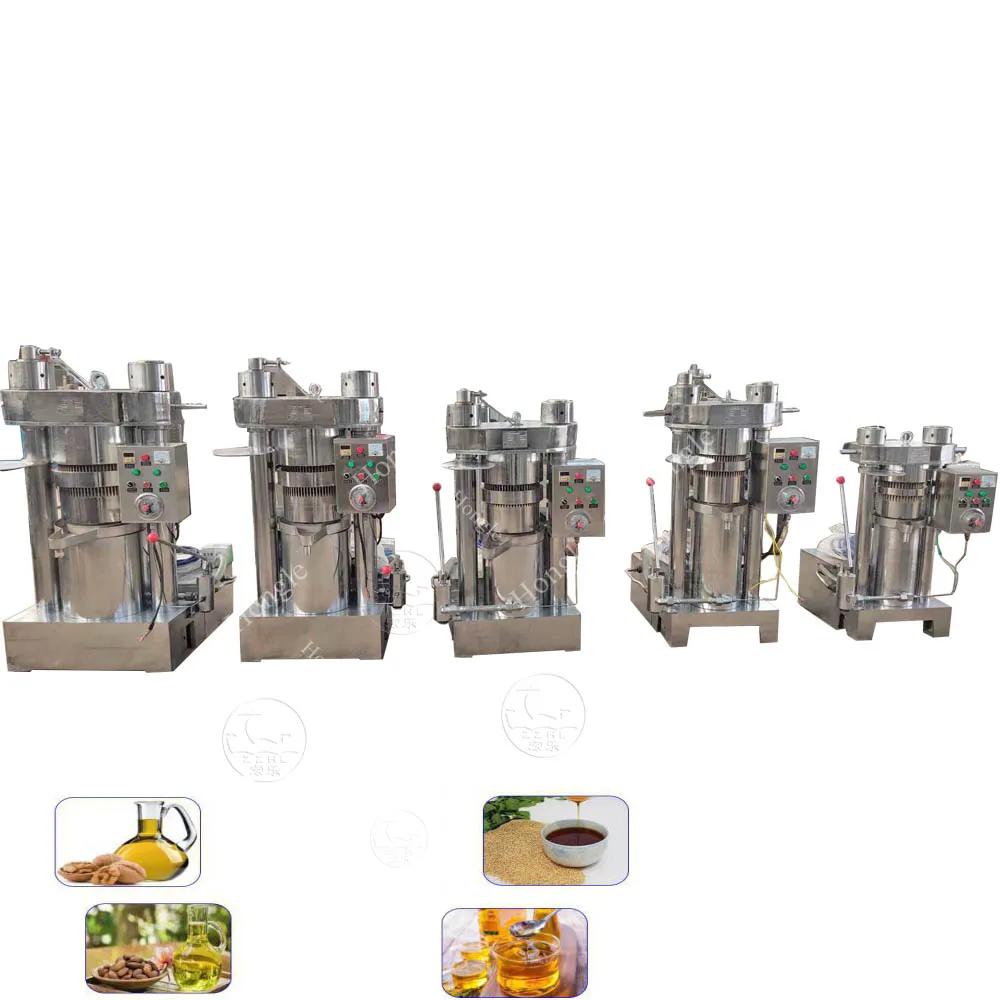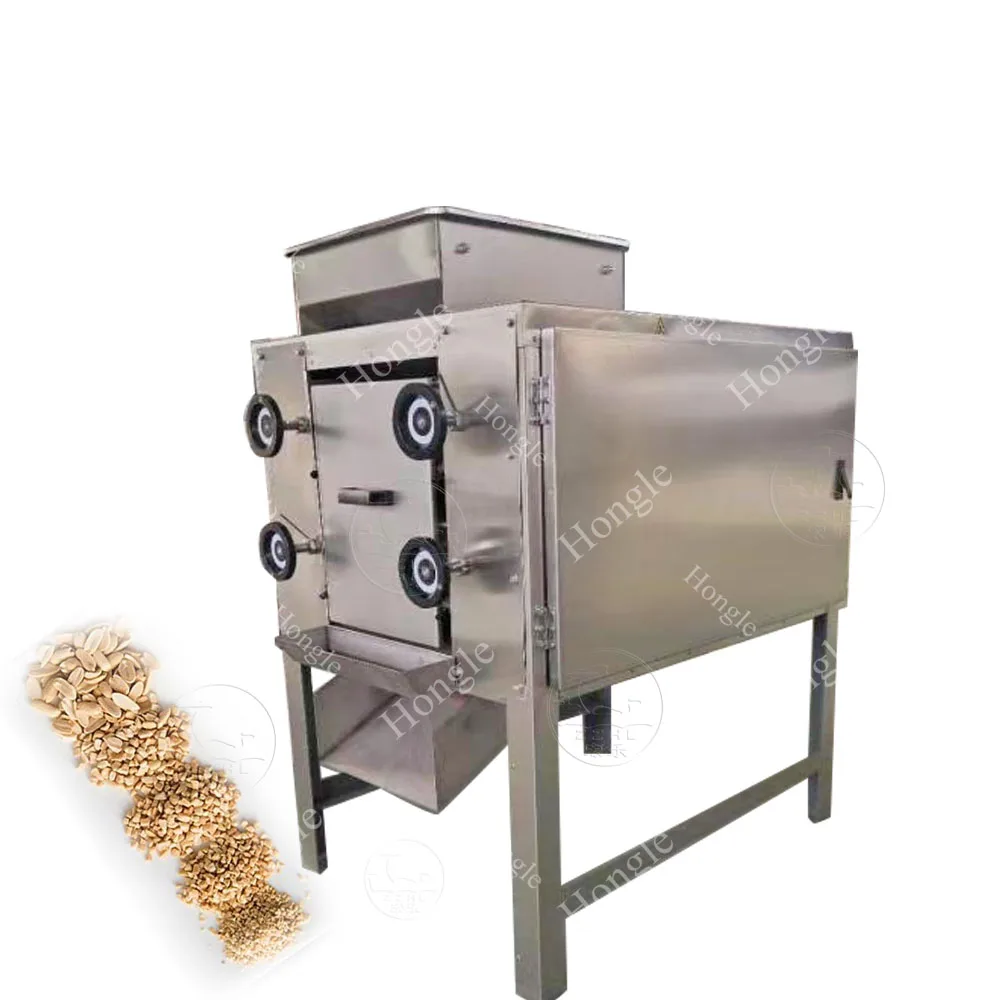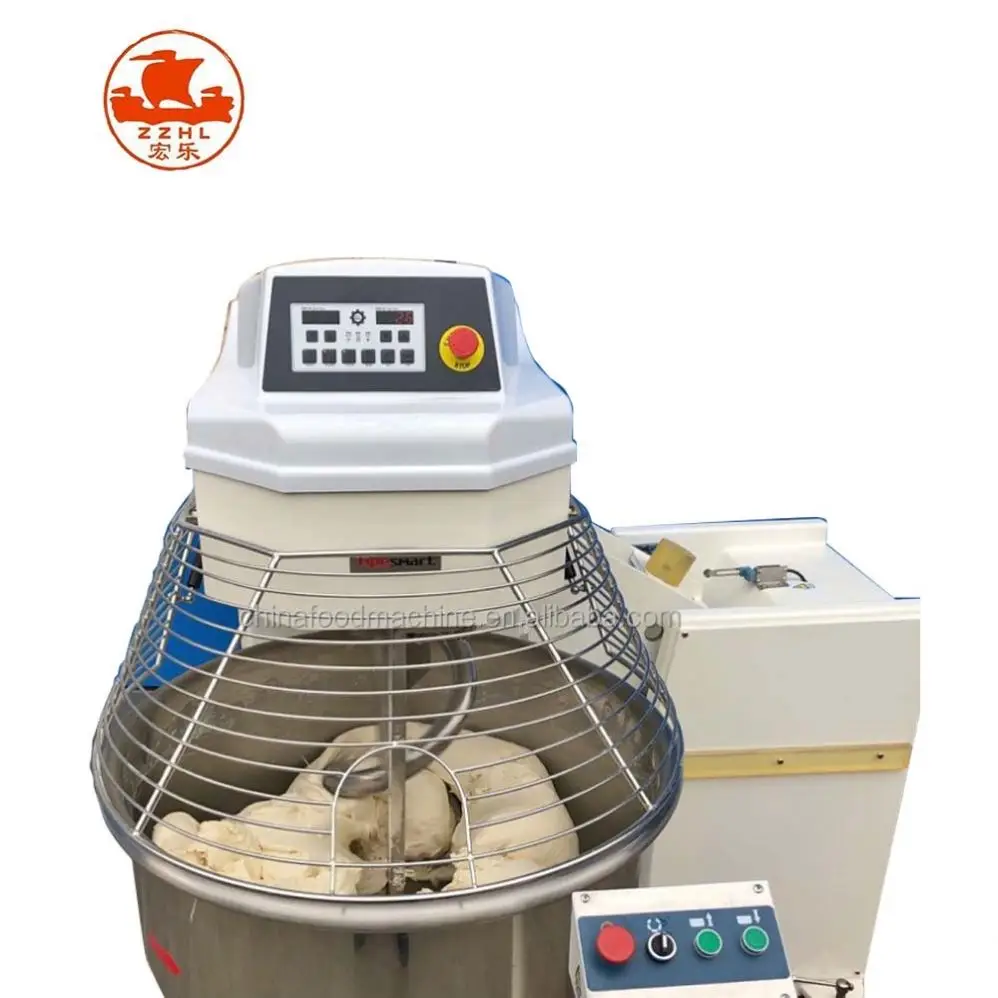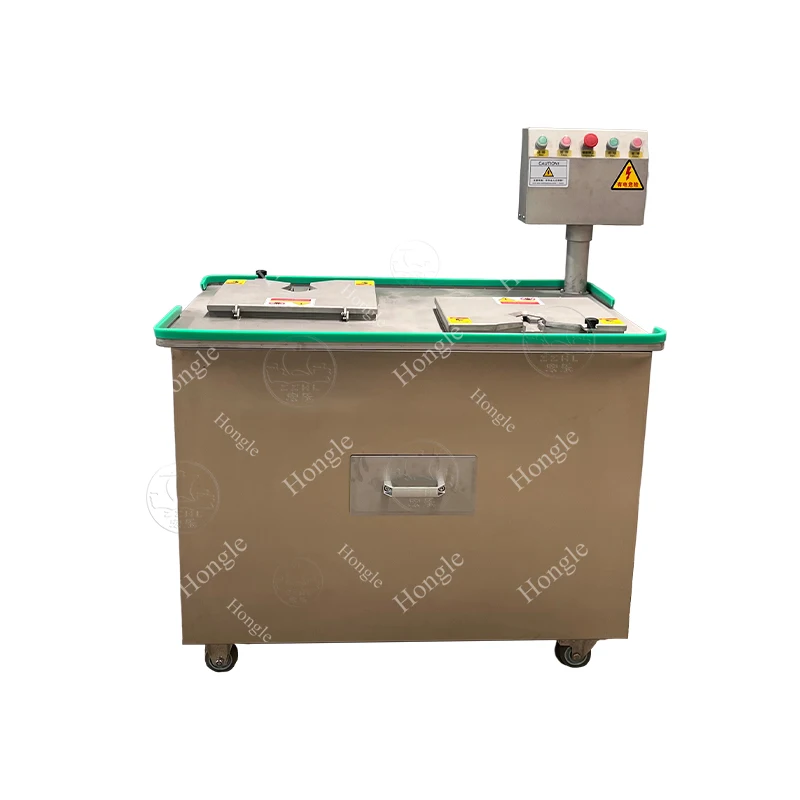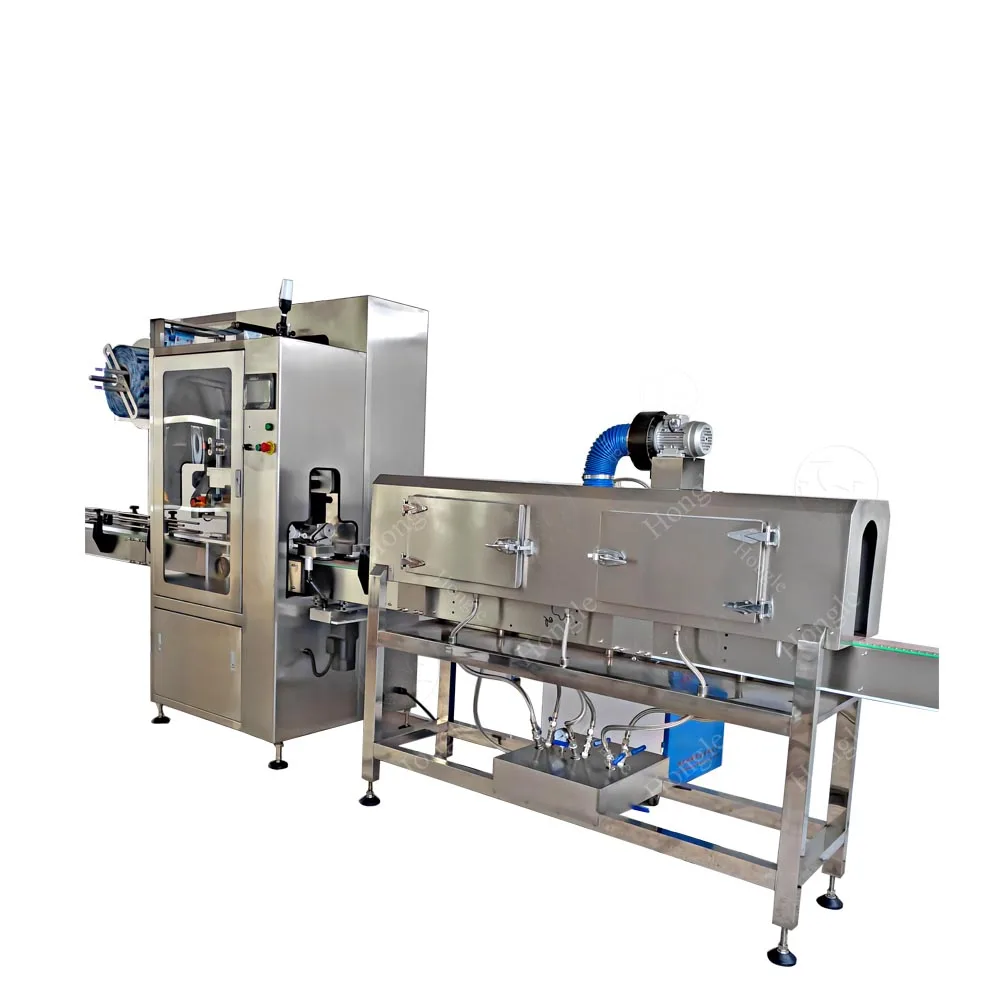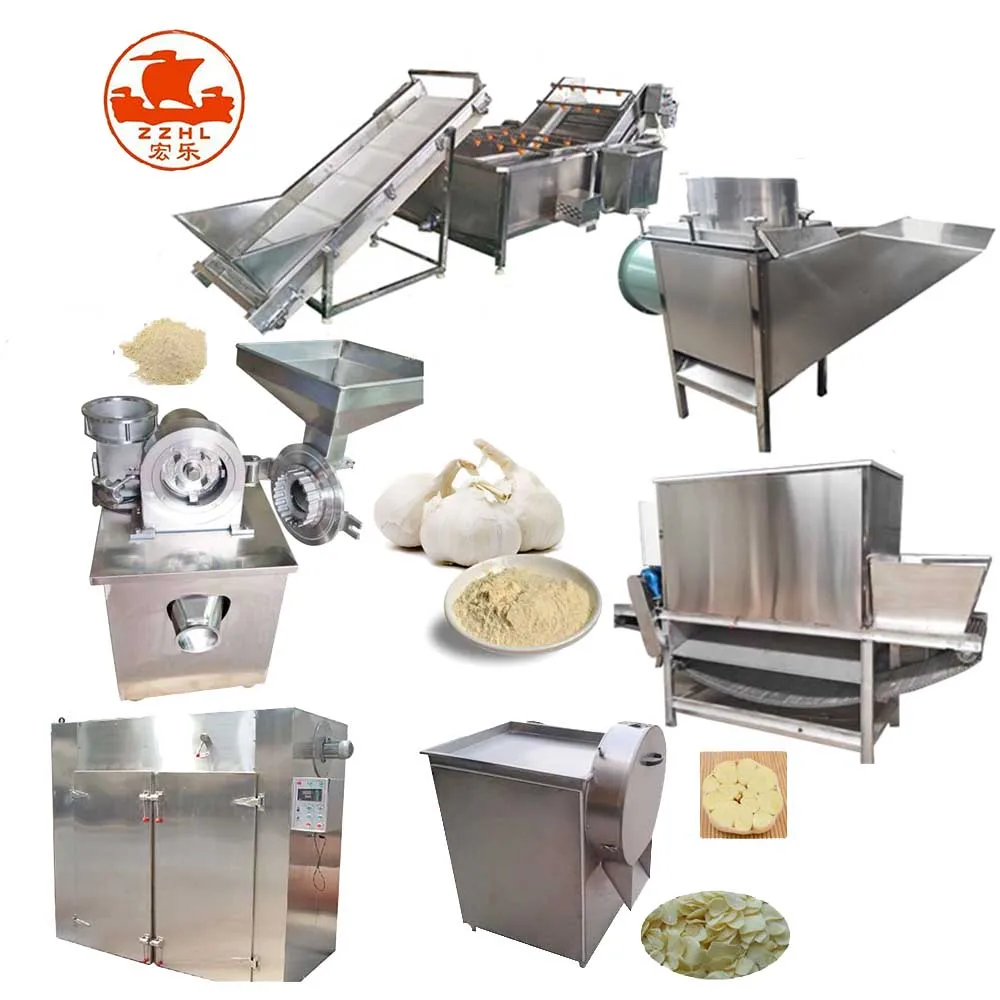- Overview
- Recommended Products
The processing flow of cassava flour mainly includes steps such as cleaning, peeling, crushing, dehydration, crushing, drying, and packaging. This process is relatively simple and can usually be completed by processing workshops, with lower production costs. The following is a detailed processing procedure:
Cleaning: Firstly, fresh cassava raw materials are sieved dry to remove larger impurities such as small stones and weeds. Then, use a blade cleaner to further clean the cassava and remove impurities such as sediment on the surface.
Peeling: Remove the outer skin of cassava using a cassava peeler to ensure the purity of cassava flour.
Crushing: Use a cutting machine and filing mill to pre crush cassava raw materials, cut them into sections, and then file and beat them.
Dehydration: The cassava pulp is dehydrated by the plate and frame filter press to reduce its water content to about 40%, forming cassava flour powder.
Crushing: the dehydrated cassava powder is crushed by hammer crusher and fine powder machine.
Drying: Quickly dry cassava flour using an airflow dryer to ensure its moisture content meets safety standards.
Packaging: Finally, sieve and package the dried cassava flour for storage and sale.
The equipment used throughout the entire processing process includes a dry sieve, a slurry cleaning machine, a cassava peeler, a cutting machine, a filing mill, a plate and frame filter press, a hammer crusher, a fine powder machine, and an air flow dryer.


